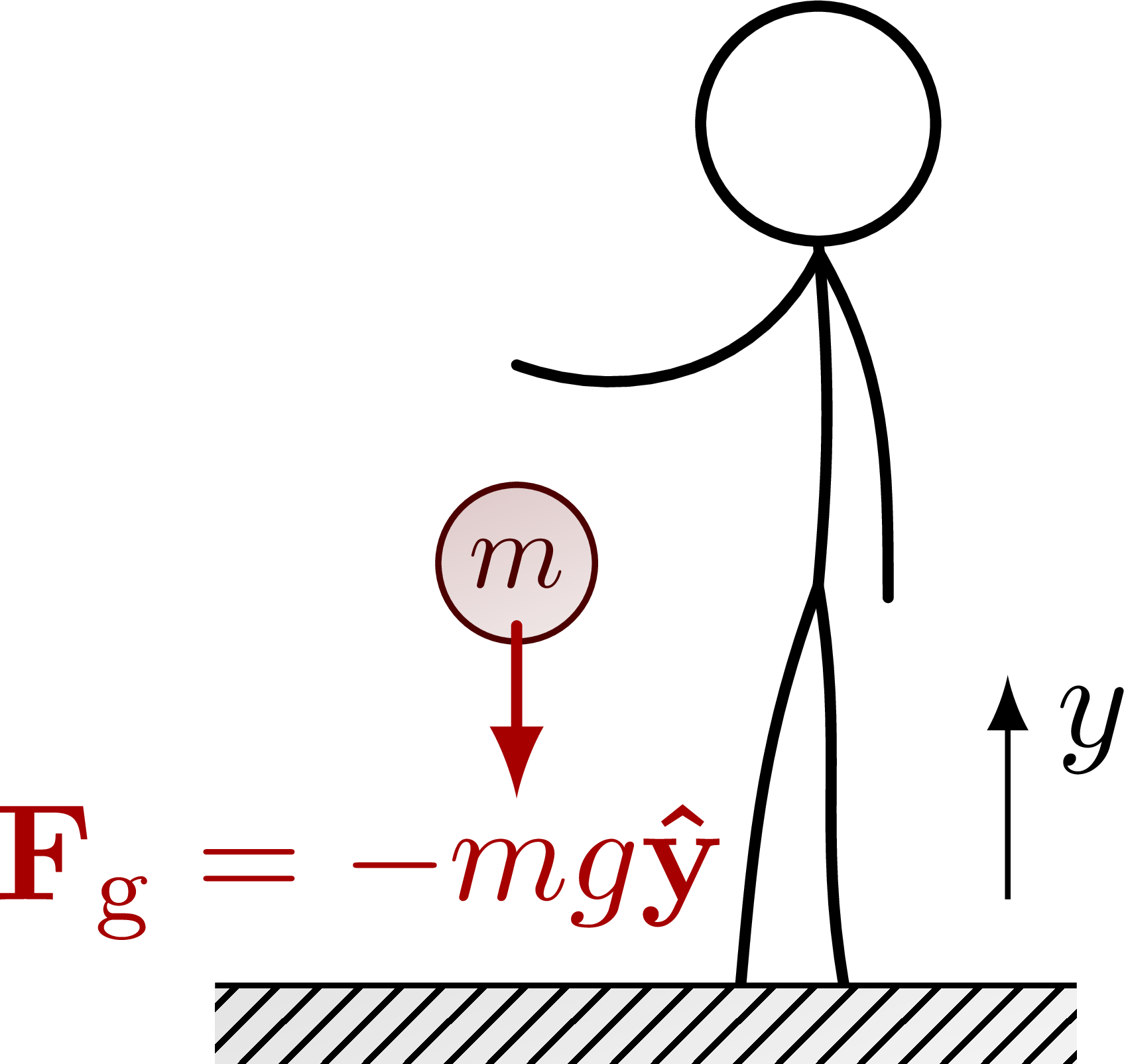Oct 3, 2023
When I was in primary school, I came across a line in an encyclopedia that read, “Every animal perceives the world differently, with unique ranges of vision and hearing.” At first, it didn’t mean much to me. It was just another fact among many. But then I saw an image simulating how cats see the world—colors dulled, details blurred—and suddenly, it clicked.
Cats and dogs experience a much narrower spectrum of colors than we do. But then I learned that birds, on the other hand, can see a much broader range of light than we can. There are colors—real, tangible wavelengths of light—that exist all around us, yet we will never perceive them. It was one of the first times I truly grasped the limitations of human perception.
The world we see with our eyes, the sounds we hear with our ears—they are not the full picture of reality, but only a sliver of it. Our perception is an astonishingly small keyhole through which we experience an unfathomably vast world. This realization of human insignificance doesn’t just stem from our minuscule size relative to the universe or the incomprehensible stretch of time. It’s also about the chasm between what actually exists and what we are able to perceive.
Every day, we navigate a world where we process only a fraction of the information surrounding us—one in a billion, perhaps. If we could perceive a wider spectrum of light, would we ever see darkness? Would the night sky, in a symphony of cosmic radiation, glow brighter than daylight? Would our concept of “white” need to be redefined to accommodate thousands of new shades we never knew existed?
Can we even imagine a sensation we have never experienced?
What if we could hear gravitational fields? Would Earth’s pull translate into a hum, a low murmur, or chaotic static? What if randomness itself was heard as music? If time could be smelled, what would tomorrow taste like? What would the past feel like, beyond memory? The very fact that we struggle to conceptualize these experiences is proof of the constraints imposed by our physiology.
We all live in illusions.
From within this shell of a body, consciousness emerges. Yet that consciousness, too, is shackled by its vessel. We do not experience the world directly, in any absolute sense. Instead, our senses filter reality, and our brain—an editor with its own agenda—constructs models of the world, shaped by evolutionary necessity rather than objective truth.
We like to believe we are uncovering the universe’s true nature, peeling back layers of illusion to find reality underneath. But what is “real”? The reality we define will always be partial, incomplete—a puzzle with missing pieces. There may be an objective truth, but we, as humans, can never experience it through perception alone.
That being said, there’s something astonishing about our refusal to accept these limitations. While we may never see beyond our physiological range, we have thought, calculated, and built our way past it.
We have created instruments—extensions of our senses—that allow us to perceive beyond ourselves. Telescopes reveal the universe in wavelengths invisible to the naked eye. fMRI unveils neural activity in ways we could never directly observe. In a sense, every scientific breakthrough is like growing a new pair of eyes, new ears, new skin—granting us access to worlds we were never meant to see.
The pursuit of knowledge is not just an intellectual endeavor—it is an act of rebellion against the constraints of human perception. It is, quite literally, the expansion of our senses beyond what nature has given us.
And that, more than anything, is what makes it beautiful.


